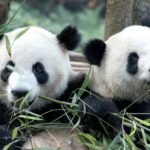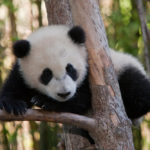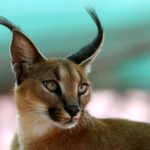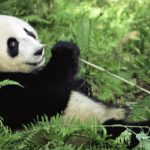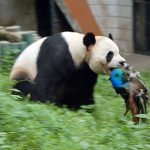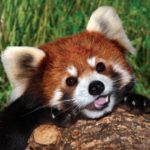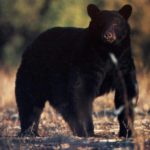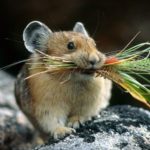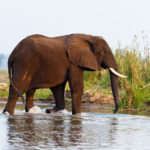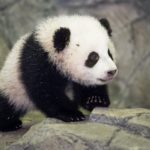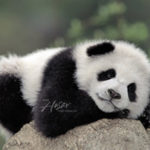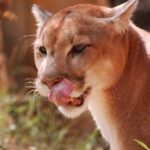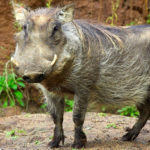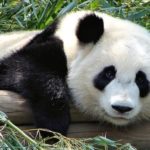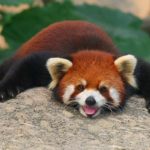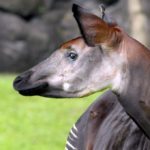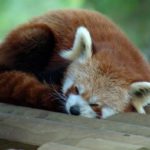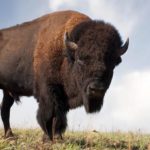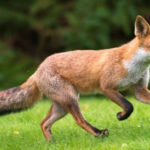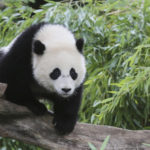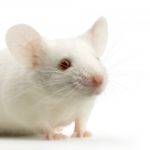Red pandas – information
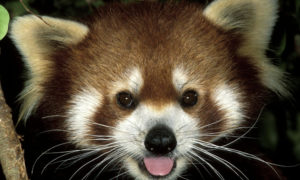 Adult red pandas live one by one, uniting in groups only during the breeding season, which occurs in January. Sometimes you can meet a small group of pandas and in no season – this is an adult female with her adult offspring.
Adult red pandas live one by one, uniting in groups only during the breeding season, which occurs in January. Sometimes you can meet a small group of pandas and in no season – this is an adult female with her adult offspring.
The calf is born only 90-145 days after mating, but the “real” pregnancy lasts only about 50 days. This is due to the fact that the fetus begins to develop only after a sufficiently long period of time after conception.
Before giving birth, the female correlates a nest in a hollow or in a cleft of the rock. Usually in small pandas one or two cubs are born, sometimes there may be more, but in the end only one will survive. They develop very slowly. Up to 5 months of age, they feed on mother’s milk. Initially, the baby’s fur is painted gray and only after 3 months they begin to acquire a reddish color. Next to the mother, the cubs can stay for a year, until a new generation appears. By this period, most often young animals themselves reach puberty, are separated from the female and begin an independent life.
Despite the fact that they are predators, the bulk of their diet is plant food (almost 95%). This is primarily young and fresh bamboo shoots, mushrooms, berries and fruits. But sometimes they can have a snack with small rodents and bird eggs.
As a result, they have a dental system like that of herbivores – the structure of the molars allows them to grind vegetable food. As we see, the food of this panda is very low-calorie, and in order to get the required amount of energy, the animal has to eat about 2 kilograms of food a day. In zoos they are fed fruits, leaves, buds of bamboo, grass, rice cooked with milk and sweet milk.
Their enemies are few. It’s a snow leopard and a man. The second is much more dangerous than the first. From the leopard they can quickly climb a tree, but from a person you can not hide anywhere. Now this animal is listed in the International Red Book under the status of “endangered”. The main reasons for reducing the number of small pandas are deforestation and hunting for them for the sake of beautiful fur, which goes to making hats.
